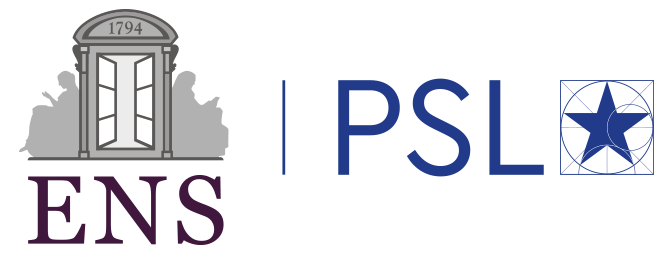Domaines
Condensed matter
Topological materials, Quantum Transport, Cavity Quantum Electrodynamics
Kinetic theory ; Diffusion ; Long-range interacting systems
Type of internship
Théorique, numérique Description
Superconducting circuits have many applications ranging from amplifiers and detectors to quantum computers and quantum metrological standards. A key building block of superconducting circuits is the Josephson junction between two superconductors which are connected by a weak link or a thin tunnel barrier. When the junction is closed into a loop by an inductance, the potential energy of the system as a function of the superconductor phase difference may exhibit several local minima, whose position and shape can be controlled by applying an external magnetic flux through the loop. The phase can slide from one minimum to the neighboring one, either spontaneously or due to some perturbation, which is called a phase slip. In a recent experiment at Néel Institute, a single phase slip in a Josephson junction based on a superconducting-normal-superconducting (SNS) junction could be detected thanks to a measurable temperature rise of the electrons in the normal link between the two superconductors, which absorbed the energy released during the phase slip.
The goal of this internship is to construct a time-dependent solution for the slipping phase, accounting for back-action of the electrons in the normal link, which are being heated up by the phase slip, on the superconducting condensate. Thus, we will have to solve coupled equations for the superconducting phase and for the distribution of normal electrons. This work will involve both analytical and numerical calculations.
Contact
Denis Basko
